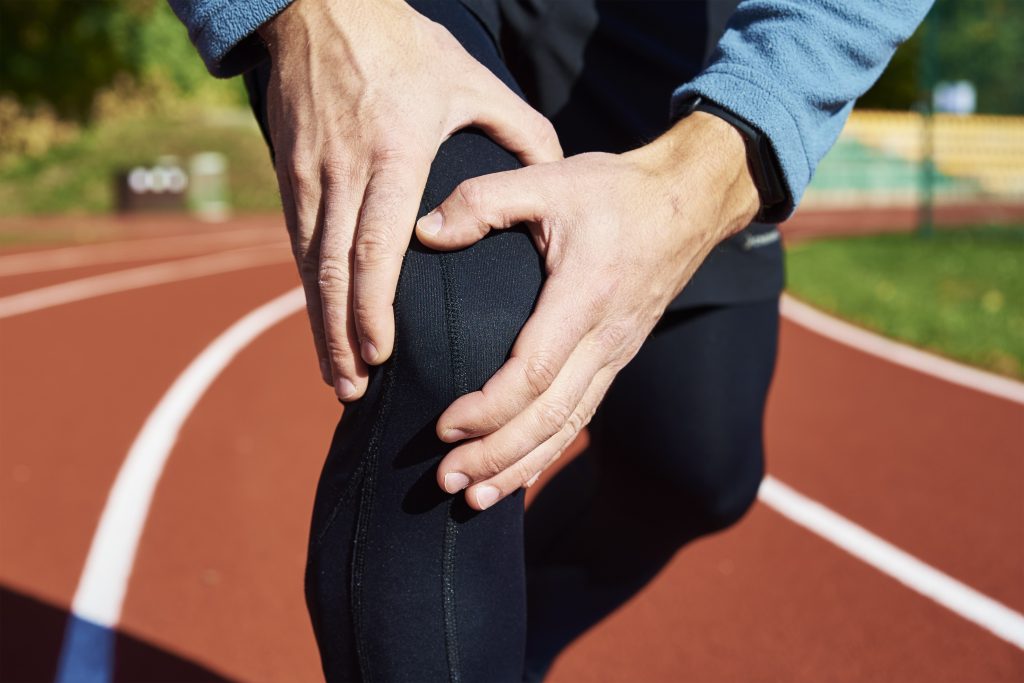Anterior Cruciate Ligament Injury
What is the Anterior Cruciate Ligament (ACL)?
The ACL limits abnormal movement of the tibia over the femur and plays a vital role in rotational stability of the knee. Injury to this ligament commonly causes a sensation of instability or the knee feeling “out of place”.
What causes an ACL injury?
What causes an Anterior Cruciate Ligament injury is usually a twisting/rotating mechanism without contact with other players. The most common are movements of rotation or change of direction with the foot fixed on the ground, very common in soccer or handball, but also in skiing , basketball, rugby, among others.
Do I have an ACL injury? What should I do now?
Immediately after a knee sprain with an ACL injury, there is usually a sharp pain sensation and difficulty moving the knee. knee joint for a few days or weeks. Generally is accompanied by significant joint effusion (fluid inside the knee). In However, the symptoms are quite variable, especially in more prolonged over time. Diagnosis is based on clinical examination by specialist in the area and imaging tests such as Magnetic Resonance Imaging.
Do all ACL injuries require surgery?
The most common treatment after an Anterior Cruciate Ligament injury is the surgical reconstruction, called ligamentoplasty. However, not all patients need surgical treatment, depending on their age, level of physical activity level of physical activity, associated injuries (particularly to the menisci) and of each person’s own symptoms. Our team advocates individualized approach, based on the characteristics and motivations of each patient.
What does surgery for an ACL rupture consist of?
Surgical treatment consists of the removal of a tendon and placement of the even to reconstruct the injured ligament. There are several options can be used in ligamentoplasty: hamstring (or “paw”) tendons. goose”); rotator/patellar tendon (generally referred to as bone-tendon-bone); quadriceps tendon. This procedure is carried out by arthroscopy, which consists of performing “holes” to access the inside of the knee and view it through a camera. However, removing the tendon (harvesting the graft) requires necessarily a slightly wider scar, depending on the choice. Our treatment philosophy consists of understanding the needs of each individual. patient, in particular their level of physical activity, their professional, the type of sport practiced, among others. The choice of graft to be used is personalized and according to what best suits each situation.
Will I be able to play sport again after ACL surgery?
Our treatment goal is to get the patient back to practicing sport usual. However, this return to high-intensity sports practice takes around 9 months, depending on progress. In addition, it can be conditioned by associated lesions (in the cartilage, for example). In these situations an adaptation of sports practice may be a necessity.

